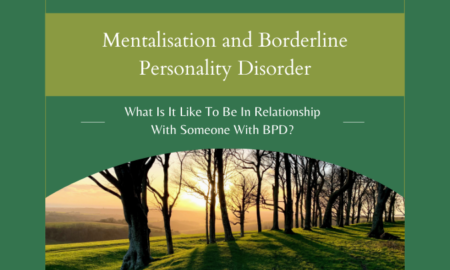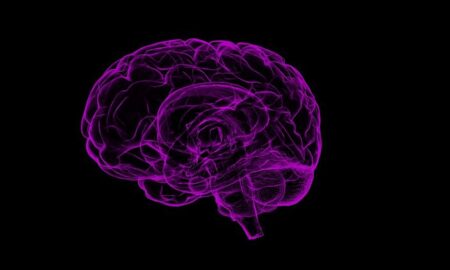Trauma

In a Relationship with Someone with BPD?
Being in a relationship with someone who has Borderline Personality Disorder (BPD) can be emotionally intense and, at times, confusing. You may experience moments of deep connection, only to be…

Understanding How Our Brain Impacts On Our Relationships
When considering your important relationships and thinking about what makes the good ones good and the bad ones bad there may be lots of things that come to mind. You…
Ready to Make a Change? Book an Initial Consultation Today
If you have any questions at all about therapy or would like to make an appointment, get in touch. I will usually be able to respond to you within 24 hours.
